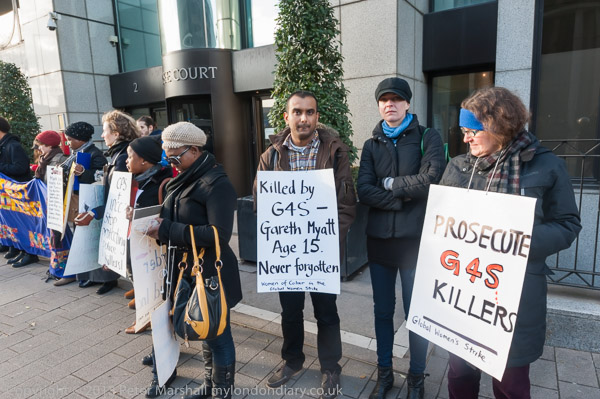
Yesterday, Sunday, May 8, 2011, was Mother’s Day in many parts of the world. Mothers were celebrated and honored. How does the State `honor’ mothers?
According to a recent report by the Organisation for Economic Co-operation and Development, or OECD, inequality among OECD countries is rapidly growing. Starting in the 1980s, the United States and the United Kingdom led the way in growth-through-inequality. Then the movement spread. Today, it rules the vast majority of OECD countries. Those are countries identified as wealthy and developed. Growing structural inequality has come to mean developed.
How are women honored in this development model? “Since the mid-1980s, women’s employment has grown much more rapidly than that of men. But many women work part-time and earn less which explains part of widening earnings gaps among the workforce. On average across the OECD, the share of part-time employment in total employment increased from 11% in the mid-1990s to about 16% by the late 2000s”.
Women have entered or been forced, or some combination thereof, into the jobs market. Many countries have followed the United States model in which public assistance, or welfare, has been cut and limited. There’s less money and the restrictions, especially the time restrictions, are severe. This toxic storm strikes single mothers particularly hard. Remove all supports and then create a labor market in which those with low or limited educational qualifications must work part-time for practically nothing. Eliminate public services, such as childcare and extended school programs. Even out-of-school suspension policies assault all working mothers, and particularly low- and no-wage mothers, and particularly single mothers.
If the women complain or try to unionize, they are reminded that there’s no assistance out there, that all the jobs available for `people like them’ are pretty much the same, and that they are women, mothers especially, who have near catastrophic household, and community, responsibilities. They are not reminded that, in the United States, union women earn 34% more than nonunion women. That information wouldn’t be prudent.
The same period, early 1980s to the present, has witnessed increased incarceration of children. In Australia, the immigrant and asylum detention centers have been “factories for producing mental illness”, and have been broadly criticized for caging children of migrants, refugees and asylum seekers, sometimes for long periods. What is the State response? Cover-up. Privatize. Outsource.
In the United Kingdom, children in custody die as a result of constraint methods. One popular method is the tantrum hold, sure to result in injury 9 out of 10 times. In 2004, fifteen-year-old Gareth Myatt died of asphyxiation after being `tantrum held.’ Finally, an investigation into the constraint methods was conducted. That report was completed in May 2008 and presented to the government. What was the State response? Silence? Actually, it was worse in that it was more active. The State suppressed and hid the report. This Wednesday, three years later, the report will be made public.
In the United States, eleven states treat 17-year-olds charged with felonies as adults. Illinois is one of the eleven states. A recent study of convictions in Illinois suggests that only 25% of the youths convicted with gun charges were ever actually identified as having the gun in question. In fact, of the cases studied, only 46% of them had any gun recovered. Children were sent to adult prisons for gun possession in cases in which no gun was ever found, in cases in which the children in question were never identified as holding the gun in question. How does the State respond? The State legislature is debating a bill, right now, to reduce the age limit from 17 to 15 and 16, if convicted for gun possession. In Illinois, this is considered inclusion.
From Australia to the United Kingdom to the United States and beyond, the State incarceration of children and the State abuse of child prisoners is a direct assault on their adult guardians. Overwhelmingly, that assault targets women. Mothers. Grandmothers. Aunts. All of these women are mothers, `a woman who undertakes the responsibility of a parent towards a child.”
Nation-States designed, or bought, economic development models that targeted vast numbers of women and children. The same States designed, or bought, justice programs that targeted vast numbers of women and children. Those State economic and justice models have devastated communities of color and low-income communities generally.
And yesterday those States honored women and celebrated mothers and motherhood? Rather call those State festivities `honor celebrations’, and invite them to sit at the same family table as honor killings. Mothers, and their children, can sit at other, better tables.
(Photo Credit: mylondondiary.co.uk)